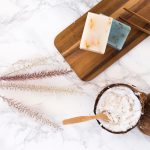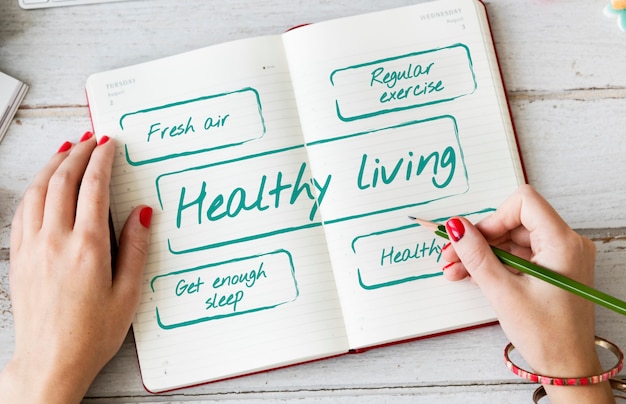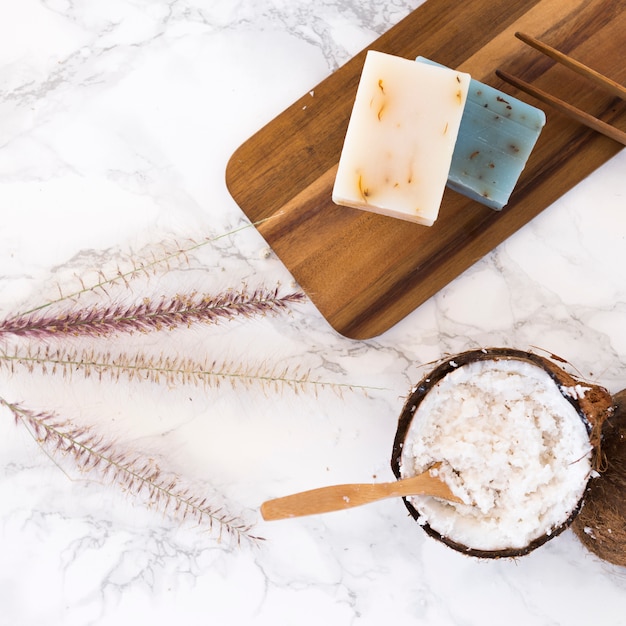
Let’s talk about bad breath, also known as halitosis. Sometimes it’s temporary, but it can be persistent, depending primarily on what’s causing it.
You know there are millions of bacteria living in your mouth, right? Especially on the back of your tongue. For many people, these bacteria are the main source of bad breath. Considering the warm, damp conditions in your mouth, it’s the perfect place for bacteria to grow. Most of the time, something in your mouth causes bad breath.
Now, bad breath is a very common problem and it can result from various causes. Persistent bad breath usually happens when bacteria put out a lot of gases that affect your teeth and gums. Things like food pieces stuck between your teeth and tongue can rot and sometimes create an unpleasant smell. Keeping your breath fresh can be as simple as practicing good oral hygiene. But strong-smelling foods like garlic, coffee, and onions can ramp up the problem.
Plaque, the bacterial layer on our teeth and gums, can also cause gum disease and tooth decay. One red flag for gum disease is persistent bad breath or a bad taste in your mouth.
What causes bad breath?
While some people might think bad breath mainly results from eating or drinking smelly things; it’s not the whole story. Bad breath is mainly caused by something called “volatile sulfur compounds” in your mouth, which are produced by oral bacteria. You’ll find these compounds among your teeth, under the top layer of your tongue, and in your throat and tonsils.
Signs of bad breath might slip past you because your body naturally adjusts to your own smell. Most people might feel awkward or too polite to mention your bad breath. So, you might want to ask a trusted friend or family member to let you know. Signs to look out for include a white or yellow coating on your tongue, dry mouth, odd tastes, and white nodules on your tonsils.
How to deal with bad breath
Bad breath can lower your confidence and self-esteem. But by identifying it and understanding its source, you can prevent or treat it before it impacts your social life. It can stem from many things including dirty teeth, dry mouth, severe dieting, sinus infections, and systemic diseases.
Here are some home remedies for bad breath:
1. Brush your teeth with baking soda, then rinse with warm salt water. Follow up with regular toothpaste, and you’re on the right track.
2. Floss daily to remove the plaque between your teeth. It might be the reason for your bad breath.
3. Scrape your tongue with a special tool or a spoon to remove bacteria.
4. Rinse your mouth with a lemon or lime juice mixed with water.
5. Brush your tongue when you brush your teeth and after meals.
6. Chew fresh parsley or alfalfa after meals, especially after having garlic, onions, or fish. The chlorophyll in these plants can kill the bacteria that cause bad breath.
7. Drink green tea and swish it around in your mouth before swallowing to kill harmful bacteria.
8. Avoid eating cheese, milk, yeast products, garlic, onions, and very sweet foods.
Remember, a good oral hygiene routine can prevent most cases of bad breath. Keep brushing, flossing, and using mouthwash regularly. And don’t forget to visit your dentist at least twice a year.









